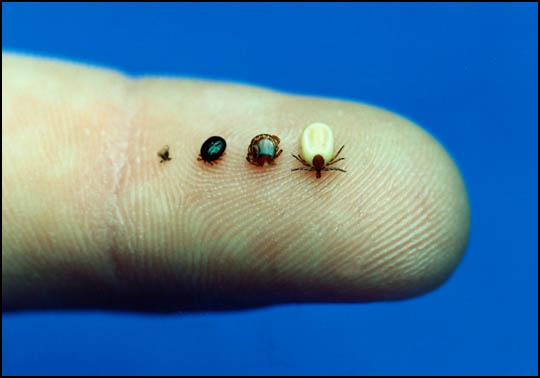
By the time a pet owner notices fleas on a pet, the fleas
have injected salivary proteins, transmitted infectious agents and begun laying
eggs. Ticks can transmit disease agents to a dog or cat before the pests are
found and removed. Reactive treatments are insufficient to prevent disease in
pets and their owners.
The Companion Animal Parasite Council (CAPC) guidelines call
for year-round, lifelong prevention of common external parasites, including
fleas and ticks. The guidelines recommend using parasite control methods that
consider the lifestyle and health of the pet, managing the pet’s environment,
and preventing infestation to protect the health
of the entire family.
 Most
insecticides effectively eliminate existing fleas from dogs and cats within 4
to 24 hours after application. While this helps relieve pet discomfort, reinfestation
is common. Repeated applications often are necessary to bring the problem under
control, and long-term control methods should be used to prevent reinfestation.
Avoiding initial infestation altogether by placing pets on life-long prevention
programs is the best option for pets and their owners.
Most
insecticides effectively eliminate existing fleas from dogs and cats within 4
to 24 hours after application. While this helps relieve pet discomfort, reinfestation
is common. Repeated applications often are necessary to bring the problem under
control, and long-term control methods should be used to prevent reinfestation.
Avoiding initial infestation altogether by placing pets on life-long prevention
programs is the best option for pets and their owners.
Tick control is vital, since these bloodsucking parasites
can transmit disease to pets and owners. Nearly a dozen tick species are
encountered by U.S.
Seasonal prevention is inadequate. While seasonal flea and
tick control seems appropriate in many regions of the U.S.
The best prevention for flea and tickborne disease is clear:
year-round prevention of flea and tick infestation. Call us or visit our
website at www.newhartfordanimalhospital.com for more information.
http://www.capcvet.org/expert-articles/the-case-for-year-round-flea-and-tick-control
No comments:
Post a Comment